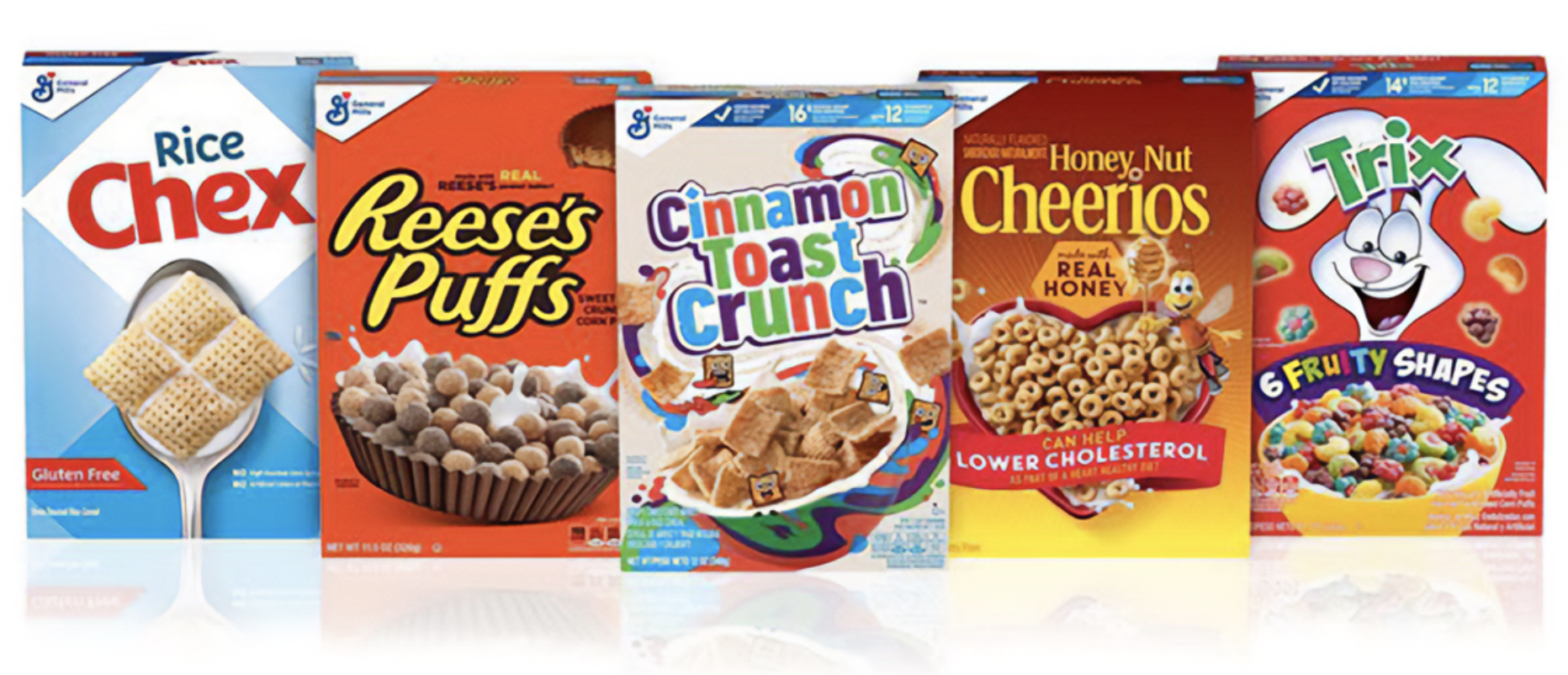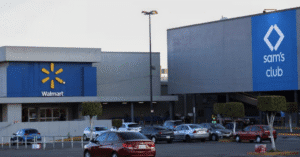Search Posts
Recent Posts
- RI Veterans: Did you know? 19.06.25 (Military Funerals, Job Fair, Benefits, Events) – John A. Cianci June 19, 2025
- East Providence First in U.S. to Equip All Firefighters with PFAS-free Gear June 19, 2025
- We Cook! Mill’s Tavern Saffron Bouillabaisse with Tarhana Lobster Jus June 19, 2025
- Rhode Island Weather for June 19, 2025 – Jack Donnelly June 19, 2025
- MAHA adopters prefer carrot to the stick: Kraft Heinz. General Mills. Walmart. Sam’s Club. Starbucks… June 19, 2025
Categories
Subscribe!
Thanks for subscribing! Please check your email for further instructions.

MAHA adopters prefer carrot to the stick: Kraft Heinz. General Mills. Walmart. Sam’s Club. Starbucks…
They’re rolling out – one by one – big ones, little ones – all seeking to be among the first to be MAHA compliant. Make America Healthy Again has, at its crux, the removal of dyes, colors and additives that are “unnatural”, and often only allowed in food in America – not in Europe.
This week Kraft Heinz led the way – but other companies are hot on the trail of healthier food for all, and primarily our children:
Kraft Heinz Commits to Remove FD&C Colors From Its U.S. Portfolio Before the End of 2027 and Will Not Launch New Products in the U.S. With FD&C Colors, Effective Immediately

- Nearly 90 percent of Kraft Heinz U.S. products are already free of FD&C colors
- Kraft Heinz has made 1,000+ recipe changes over the past five years to improve product nutrition
The Kraft Heinz Company announced it will not launch any new products in the U.S. with Food, Drug & Cosmetic (FD&C) colors, effective immediately. The Company also announced it will remove the remaining FD&C colors from its U.S. product portfolio before the end of 2027. Already, nearly 90 percent of Kraft Heinz’s U.S. products are free of FD&C colors (by Net Sales). For the small portion of products that currently contain FD&C colors, the Company has invested significant resources, mobilizing a team to address this complex challenge with a three-pronged approach (3Rs):
- Removing colors where it is not critical to the consumer experience; or
- Replacing FD&C colors with natural colors; or
- Reinventing new colors and shades where matching natural replacements are not available.
“As a food company with a 150+ year heritage, we are continuously evolving our recipes, products, and portfolio to deliver superiority to consumers and customers,” said Pedro Navio, North America President at Kraft Heinz. “The vast majority of our products use natural or no colors, and we’ve been on a journey to reduce our use of FD&C colors across the remainder of our portfolio. In fact, we removed artificial colors, preservatives, and flavors from our beloved Kraft Mac & Cheese back in 2016. Our iconic Heinz Tomato Ketchup has never had artificial dyes – the red color comes simply from the world’s best tomatoes. Above all, we are focused on providing nutritious, affordable, and great-tasting food for Americans and this is a privilege we don’t take lightly.”
Given FD&C colors have a longstanding history of approval by the U.S. Food & Drug Administration, Kraft Heinz has used the colors in a small number of products. As part of this process, Kraft Heinz is also working with licensees of its brands to encourage them to remove FD&C colors.
Ongoing Commitment to Quality & Nutrition

For Kraft Heinz, it all starts at the source. Farming is the heart of our story – from soil to table, every product reflects the care, expertise, and responsibility we bring to nourishing people around the world.
Today, Kraft Heinz sources the most tomatoes in the U.S., all grown in California for products like Heinz Tomato Ketchup. Claussen pickles (cucumbers) are grown in Ohio and Michigan; Ore-Ida potatoes are grown in Idaho; the dairy for Philadelphia cream cheese comes from farms in Upstate New York. It’s all part of the Company’s mission to make high-quality, great-tasting food that is both affordable and accessible to all.
Kraft Heinz has made great progress innovating and renovating its products to improve their nutritional profiles in recent years. The Company has made changes to more than 1,000 product recipes to add protein and fiber, and reduce sugar, salt, and saturated fat. Through these changes, Kraft Heinz is on track to reduce nearly 55 million pounds of sugar across its portfolio by the end of this year.
To learn more about Kraft Heinz, visit www.kraftheinz.com/made-by-us
___
General Mills Announces Plans to Remove Certified Colors from All U.S. Cereals and All K-12 Foods by Summer 2026
![]()
![]()
 General Mills today announced plans to remove certified colors from all its U.S. cereals and all K-12 school foods by summer 2026. Additionally, the company will work to remove certified colors from its full U.S. retail portfolio by the end of 2027.
General Mills today announced plans to remove certified colors from all its U.S. cereals and all K-12 school foods by summer 2026. Additionally, the company will work to remove certified colors from its full U.S. retail portfolio by the end of 2027.
For nearly 160 years, General Mills has been providing families quality, great-tasting products across its beloved portfolio of brands.
This change impacts only a small portion of General Mills’ K-12 school portfolio, as nearly all its school offerings today are made without certified colors. Similarly, 85 percent of General Mills’ full U.S. retail portfolio is currently made without certified colors.
“Across the long arc of our history, General Mills has moved quickly to meet evolving consumer needs, and reformulating our product portfolio to remove certified colors is yet another example,” said Jeff Harmening, chairman and CEO, General Mills. “Today, the vast majority of our foods are made without certified colors and we’re working to ensure that will soon apply to our full portfolio. Knowing the trust families place in us, we are leading the way on removing certified colors in cereals and K-12 foods by next summer. We’re committed to continuing to make food that tastes great and is accessible to all.”
For decades, General Mills has proven its reformulation capabilities and delivered products that delight consumers and meet a changing landscape. General Mills is the leading provider of whole grains to Americans with other notable efforts including industry-leading sugar-reduction work across General Mills’ K-12 school portfolio, doubling vitamin D in General Mills’ cereals in 2023 to help close nutritional gaps, and reducing sodium by 20 percent across key product categories since 2019.
General Mills has always been ahead of the curve when it comes to serving with purpose, and this is just the next step in continuing to make food the world loves. For more information, visit GeneralMills.com.
About General Mills
General Mills makes food the world loves. The company is guided by its Accelerate strategy to boldly build its brands, relentlessly innovate, unleash its scale and stand for good. Its portfolio of beloved brands includes household names like Cheerios, Nature Valley, Blue Buffalo, Häagen-Dazs, Old El Paso, Pillsbury, Betty Crocker, Yoplait, Totino’s, Annie’s, Wanchai Ferry, Yoki and more. General Mills generated fiscal 2024 net sales of U.S. $20 billion. In addition, the company’s share of non-consolidated joint venture net sales totaled U.S. $1 billion.
___
Starbucks next up!

Robert F. Kennedy, Jr. “tweeted” on “X”, in a photo with Starbucks CEO Brian Niccol, that the company has plans to further MAHA its menu.
Sam’s Club & Walmart

The companies announce they are taking action—removing more than 40 ingredients, including artificial colors and aspartame, from their private label brand, Member’s Mark, by the end of this year. They went further in urging other companies to follow their lead. “Together, we will Make America Healthy Again.”
